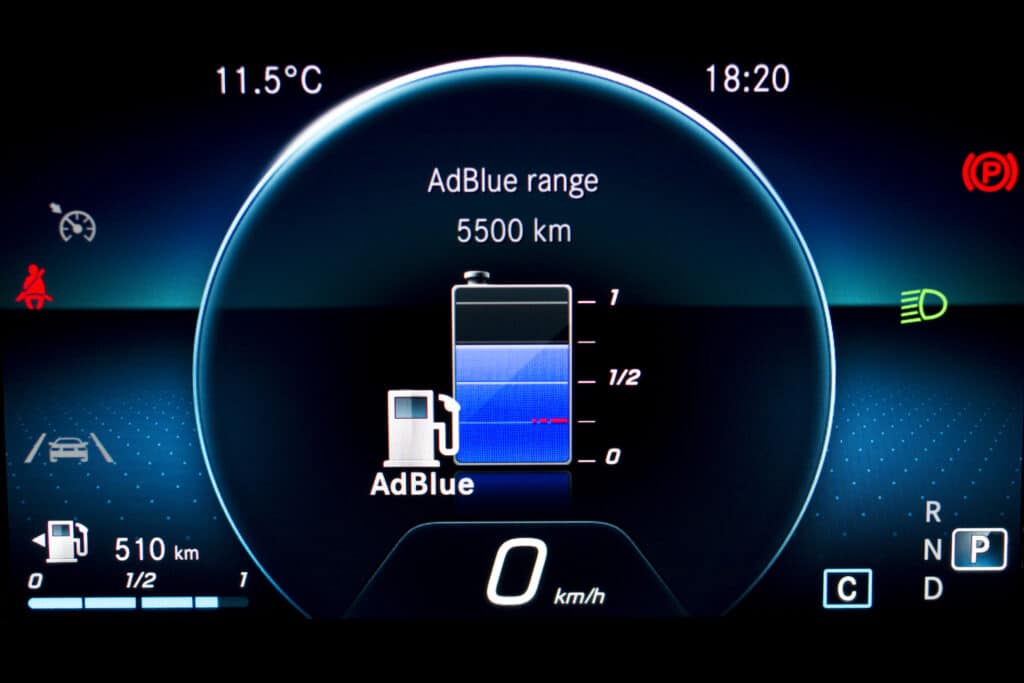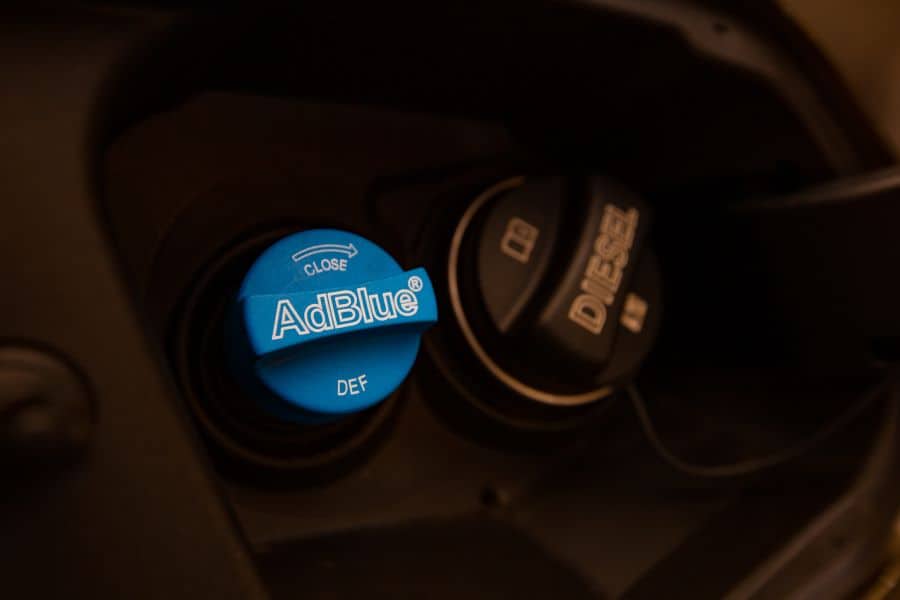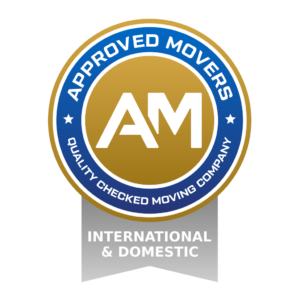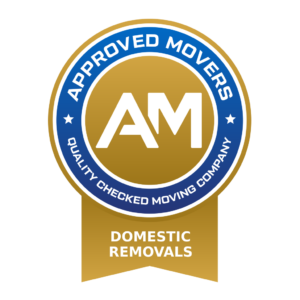
What is AdBlue?
What is AdBlue?
These days many diesel vehicles use Adblue to meet the standards of emission. This doesn’t only apply to trucks, ships, tractors, or other bulky commercial cars, but also several different passenger cars.
A liquid solution used to lower pollutant emissions when we use diesel engines is referred to as AdBlue. The most common variety of this liquid is Shell AdBlue – many of us already have seen it at fuel stations. The solution is poured into a different tank to the fuel. As it meets the exhaust system, ammonia is released, transforming nitrogen oxides into two separate components. Nitrogen and water vapour are produced by the reaction, which shows that we can flush it out of the vehicle through the exhaust without any damage or side effects.

Substances used in making AdBlue
AdBlue is a colourless, non-toxic liquid solution with a mixture of water and urea – a urine component. However, in AdBlue, the urea utilized is pure and has a higher grade than the one used in cosmetics, fertilizers, or glue. Similarly, the water used is demineralized, which is way cleaner than the tap water.
The solution of AdBlue consists of 32.5% urea and 67.5% of deionized water. The urea in AdBlue is produced by heating carbon dioxide and synthetic ammonia. When urea is added to the deionized water, we get a solution called AdBlue.
When purchasing AdBlue, don’t forget to check it satisfies the appropriate specification. Therefore, find the ISO 22241 number on the packaging and match it. This may also show up like ISO-22241-3, ISO-22241-2, ISO-22241-1. This number will ensure that the AdBlue will not harm your car’s SCR catalyst, which is an expensive repair. If you’re buying AdBlue from one brand, it should be pretty much similar to another brand, just the way diesel fuel is almost the same from one vendor to another.
How is AdBlue Used in a Car?
AdBlue settles in a different tank to diesel, and, contrary to diesel or petrol, AdBlue is not injected into the engine. It is instead injected into the exhaust system. The filler cap is sometimes present in the boot for most vehicles used for commercial purposes.
For a normal driving situation, you don’t have to top it up yourself. AdBlue is used in little quantities, so it is mostly topped up when you send your car for service. For instance, Peugeot measures that its cars can cover a distance of 12,000 miles without needing a top-up. A VW Passat, nevertheless, requires a top-up after every 6,000 miles.
If you use your car for high mileage or drive a large fleet with cross country directions, then you’ll need to top-up the AdBlue yourself. Since this isn’t challenging, it’s crucial to ensure you select the right brand and inject it into the vehicle properly to prevent any damage.
How to Top-up your AdBlue Tank?
You can use various methods to top up your AdBlue tank. Firstly, most well-known branded service stations consist of AdBlue dispensing pumps, specifically in HGV lanes. Other than this, filling stations, garages, and other vendors retail portable containers of AdBlue, having high mileage divers often containing one of these with them should the warning light come up. Through these, you can top up strictly as your window wiper spray.
However, various manufacturers suggest it’s better to take your car to a dealership in the order you need to top up, which they usually do for a budget-friendly, fixed price.
What is SCR (Selective Catalytic Reduction)?
When your vehicle’s diesel engine burns fuel, it is widely known that a broad array of compounds and chemicals causing pollution are released out of the exhaust pipe into the atmosphere. The two most unpleasant exhaust pipe pollutants, Nitrogen Dioxide and Nitrogen oxide, are the ones said to promote respiratory and breathing problems in vulnerable individuals. These two pollutants also build up in the air causing smog and acid rain, so it’s not surprising that lawmakers throughout the World want to see them eliminated.
One way to overcome the automobile industry’s problem is SCR (Selective Catalytic Reduction), a process designed to eradicate these harmful oxides from the exhaust gas. And since SCR is beneficial, it only requires a small amount of a liquid solution to be inserted into the exhaust. At this point, we use AdBlue as a saviour.
Can you Buy AdBlue with a Fuel Card?
Several fuel card networks accept fuel cards as payment for AdBlueretailed through pumps on garage forecourts. This is a piece of excellent news for fleet managers, as this shows that the fleet can fill up fuel and AdBlue right at the same moment, making things much more convenient and efficient for every person involved.
From where can you get AdBlue?
You can get AdBlue from leading dealers and independent garages, including accessory shops and chains. It’s also a significant product of every filling station nowadays, but it’s better to shop around as the costs of AdBlue vary widely.
What should you do when you see an AdBlue warning light?
Every diesel car that makes use of AdBlue will give you a lot of warning that you’re running low. You will mostly be alarmed with a message warning at around 1,500 miles from running out, with a golden colour warning light. This warning will turn up each time you restart your car.

Is AdBlue - or a lack of it - a cause of the problem?
Not considering the warning light you see on your dashboard does not pay off since your car’s performance will be affected if you run out of AdBlue while driving as it tries to decrease its emissions output.
If the tank has run out of AdBlue, most modern cars can not be restarted once they stop running. Luckily, this situation can easily be avoided, as AdBlue refills are simple and usually inexpensive if you check around and do them yourself.
What is AdBlue?
AdBlue is a liquid solution; its main purpose is to help reduce pollutive emissions that occur when using vehicles with diesel engines. A common variety of this solution is Shell AdBlue – you might have seen it at fuel stations. The solution is poured into a separate tank to the fuel and when the solution meets the exhaust system, ammonia is released and enables a reaction, transforming nitrogen oxides into two different substances. Both water vapour and nitrogen are created by the reaction, which means it then can be flushed out of the vehicle via the exhaust, with no damage or side effects.

What is AdBlue made of?
The liquid solution is made up of 32.5% urea and 67.5% de-ionised water. You may be wondering, where does the urea in AdBlue come from? Well, AdBlue urea is made by heating up synthetic ammonia and carbon dioxide. The urea is then added to the de-ionised water to create AdBlue.
Using AdBlue in your car
AdBlue sits in a separate tank to diesel and, unlike petrol or diesel, isn’t injected into the engine. Instead, it’s injected into the exhaust system. The filler cap is often located in the boot for most commercial vehicles.
Under normal driving conditions, you won’t need to top it up yourself. AdBlue is used in small quantities so is usually topped up when a car is being serviced. Peugeot, for example, estimates that its cars can travel up to 12,000 miles before needing a top-up. A VW Passat, however, needs to be topped up around every 6,000 miles.
If you are a high mileage driver or run a large fleet with cross country routes, then your drivers may need to top up the AdBlue themselves. While this isn’t difficult, it’s important to ensure you choose the right product and that it’s inserted into the vehicle correctly to avoid any damage occurring.
Topping up your AdBlue tank
There are several ways you can top up your AdBlue tank. Firstly, most big-branded service stations have AdBlue dispensing pumps, particularly in HGV lanes. Alternatively, garages, filling stations and other retailers sell portable containers of AdBlue, with high mileage users often carrying one of these with them should the warning light come on. With these, you can top up in the same way you do your window wiper spray.
Some manufacturers, however, recommend taking a car to a dealership if you need to top up, which they will do for a fairly low, fixed price.
For more information on filling up your fleet’s AdBlue at the pump, then please read our previous post, which offers a guide to AdBlue filling stations.
Buying AdBlue with a fuel card
Most leading fuel card networks will accept fuel cards as a method of payment for AdBlue sold via pumps on garage forecourts. This is great news for fleet managers, as it means the fleet can fill up fuel and AdBlue at the same time, making things much more efficient and easier for everyone involved.




